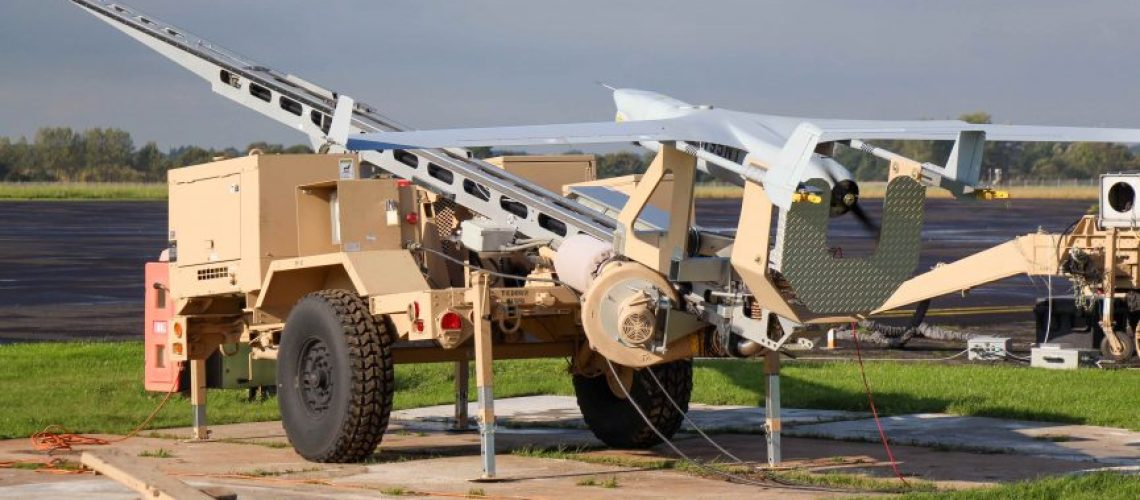In mid-October, UAS Denmark Test Center, one of Northern Europe’s leading hubs for drone technology development, is hosting ArcticX2021 – a large-scale international demonstration of a new high-tech surveillance system for remote monitoring of the Arctic. The system has been developed by the IDG consortium with participation from, amongst others, Boeing’s drone company, Insitu.
Aircraft and drone manufacturer Boeing and several other international companies are taking over HCA Airport in Odense, Denmark.
On 13 and 14 October, Boeing’s drone subsidiary Insitu and the other partners in the IDG consortium will present a new, high-tech surveillance system, IRSA, for remote monitoring of the Arctic.
This will take place in the UAS Denmark Test Center, which is at HCA Airport near Odense, and which is one of Northern Europe’s leading hubs for research and development of drone technologies.
Drones controlled remotely from the US
“At Insitu, we are very excited to return to HCA Airport and to work with the other project partners to promote the IRSA project at ArcticX21. Drones will form a crucial element of the IRSA project’s Arctic monitoring system, and we are proud that our ScanEagle and Integrator systems have the range, endurance and payload to play that role. We are grateful for the excellent support we have received from HCA Airport and UAS Denmark, and it is great to feel Denmark’s strong focus on drone technology,” says Dave Funkhouser, Insitu’s Director of International Business Development.
IRSA stands for Integrated Remote Sensing for the Arctic, and is a system for the remote monitoring and reconnaissance of hard-to-reach areas in the Arctic region.
IRSA integrates technologies such as drones, satellites, aircraft and underwater vehicles, including four different types of drone vehicles – High Altitude Long Endurance UAS (HALE), Medium Altitude Long Endurance UAS (MALE), Optionally Piloted Aircraft (OPA) and Small UAS.
Both drones and underwater vehicles are designed to operate unmanned over long periods of time, as well as over long distances. This means that the IRSA system’s technologies can work together to solve a wide range of tasks in otherwise difficult-to-access areas – such as on search missions, for oil spill detection, and during oil and gas field inspection
To underline the system’s applicability, the drones involved in the ArcticX2021 exercise will be remotely piloted from Insitu’s control centre in the US.
An obvious choice
In addition to Boeing, the IDG consortium includes companies such as C-Core, Viasat and MDSI.
The latter develops technology for the integration of different kinds of mission systems for manned and unmanned aircrafts, so the choice of UAS Denmark Test Center and HCA Airport is an obvious one.
“We have been preparing for ArcticX2021 for over a year, and we have had superb and efficient cooperation with UAS Denmark Test Center and the Danish authorities throughout. Now we just look forward to showcasing the technologies and the IRSA consortium’s capabilities,” says Chief Operations Officer of MDSI, Christian Steinø.
Funen has become a hotspot for drones
In recent years, Funen has built a strong ecosystem of drone and robotics technology and has emerged as one of Scandinavia’s leading hotspots for the development of new drone technologies.
A recent analysis from September 2021 shows that the drone industry on Funen has grown by 150 percent since 2017. And the partners behind UAS Denmark Test Center expect further growth in the industry in the coming years.
In this context, the UAS Denmark Test Center plays an important role in the development and testing of new drone technologies.


